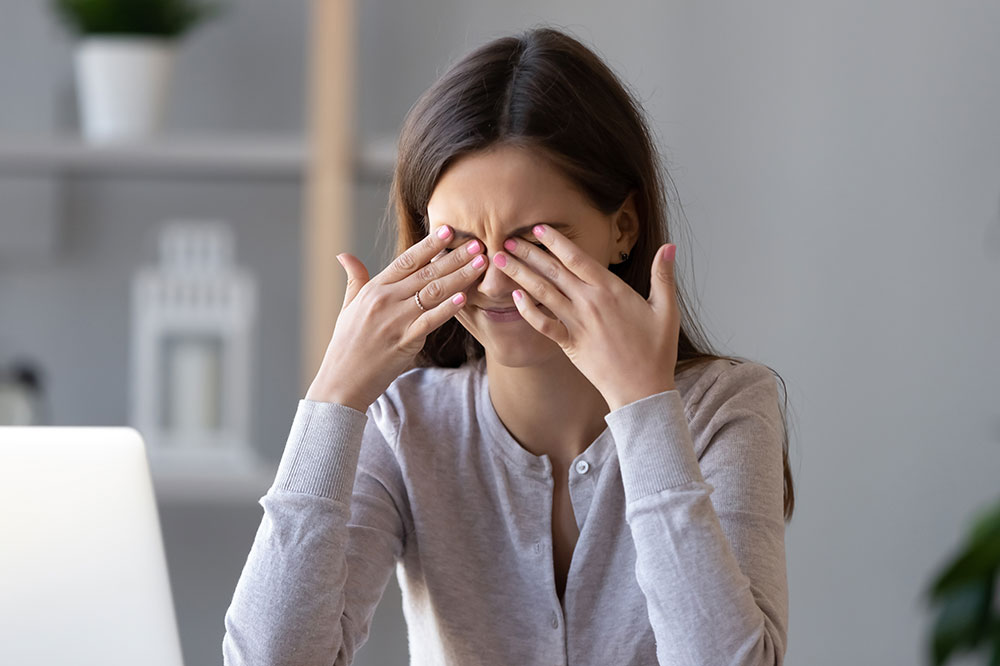
Understanding the Diagnosis and Treatment for Dry Eyes
Dry eyes can be caused due to multiple reasons. However, since hormonal imbalance is also one of the main factors, the condition is more common in women than in men. It is essential to get it checked and treated before it leads to other complications. This article introduces readers to the diagnostic procedure and the treatment options for dry eyes.
Diagnosis
1. Comprehensive exam
A doctor can note down details about the patient’s eye health and take their overall medical history into consideration. An overall general check-up of the patient’s eyes and complete health can also help the doctor determine the possible causative factors.
2. Volume measurement
The volume of the tears can be measured with the help of either the Schirmer test or the phenol red thread test. In the former procedure, the doctor places strips of blotting paper under the lower eyelids. These strips are left in place for about five minutes and allowed to soak in tears. The amount of strip soaked lets the doctor determine the volume of the patient’s tears.
The second test involves the use of a thread filled with a pH-sensitive dye that changes color on contact with tears. The thread is placed on the lower eyelid for 15 seconds, and then the volume is measured.
3. Quality test
A quality test involves the use of special eye drops that contain dyes. These dyes help the doctor determine the surface condition of the eyes and their quality.
4. Osmolarity test
This test helps determine the amount of water in the patient’s tears. The quantity of the water is detrimental in the detection of dry eyes.
Treatment
The treatment plan for dry eyes is determined based on the condition of the patient and the underlying factor causing it. Doctors may use one or more of the following treatment options, and they also use treatment options that address the causative factor of the condition. Read along to find out how dry eyes can be treated.
1. Adding tears
This procedure involves the use of artificial tears, which are very much like the real ones. Specially devised eye drops that act as tears and provides hydration and lubrication to the affected eyes, providing relief from the symptoms of dry eyes syndrome. These eye drops can be bought as OTC medications and don’t necessarily require a prescription.
2. Conserving tears
This treatment option for dry eyes involves the use of something called punctal plugs. Small silicone or gel plugs are used to block the tear ducts to help keep the tears in the eye for longer periods of time. These tear ducts can be removed as and when needed and are placed in place by the ophthalmologist. This option might also involve the use of prescription eye drops that help the eye produce more tears, adding moisture to the dried eyes.
Other treatment options include the use of drops or ointments that help fight the symptoms of dry eyes and increase tear production. Alternatively, the ophthalmologist can also recommend permanently blocking the tear ducts.


